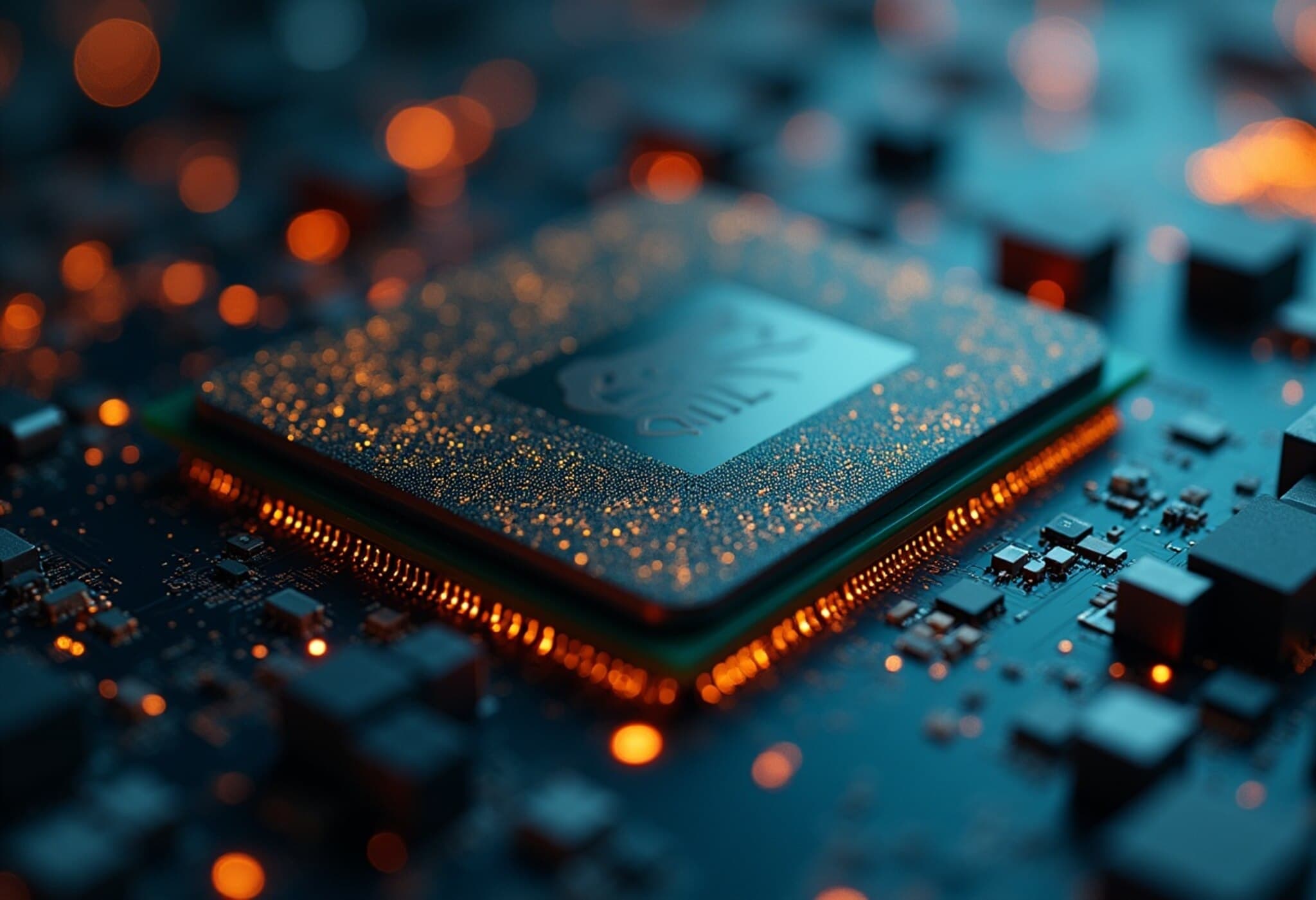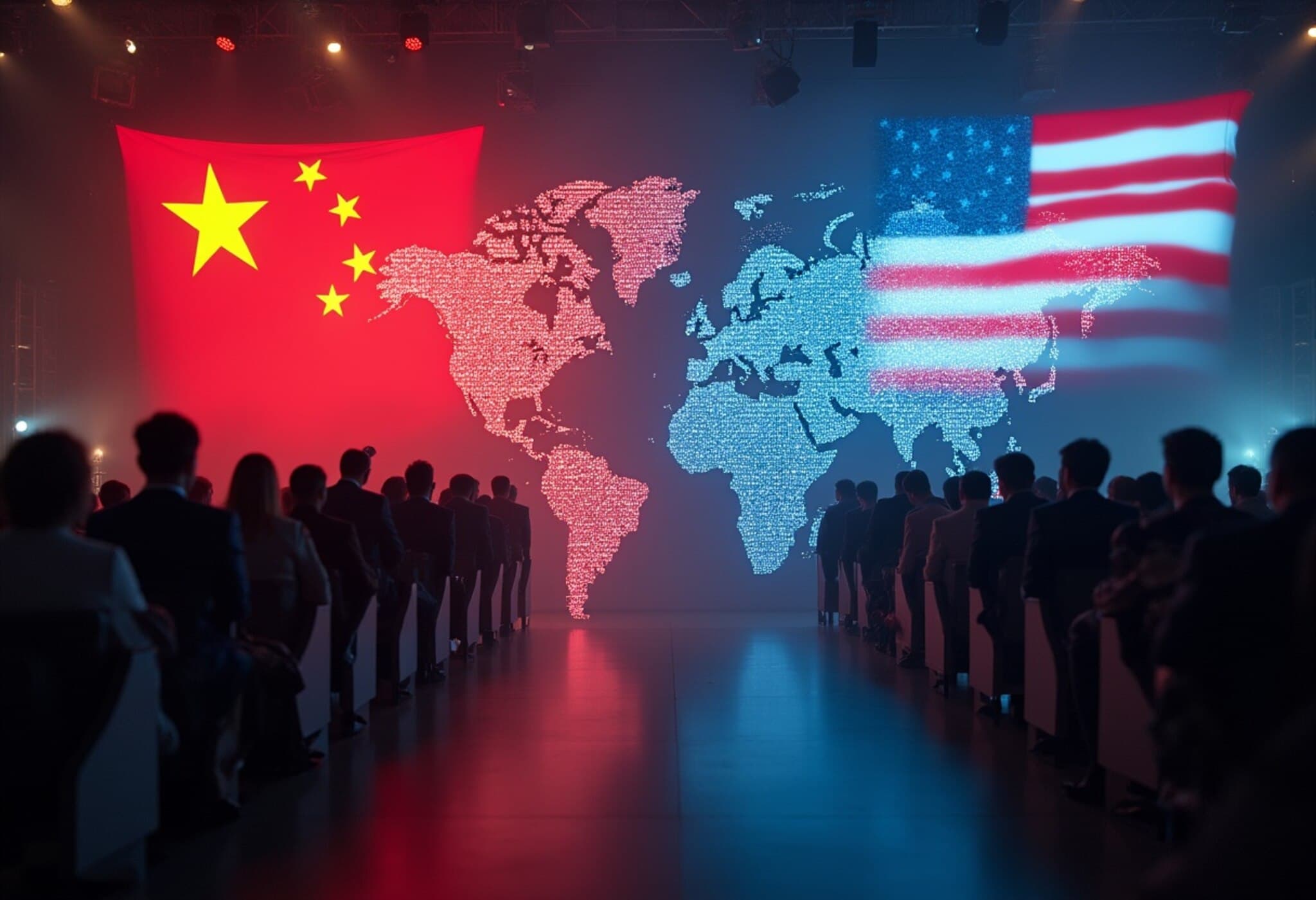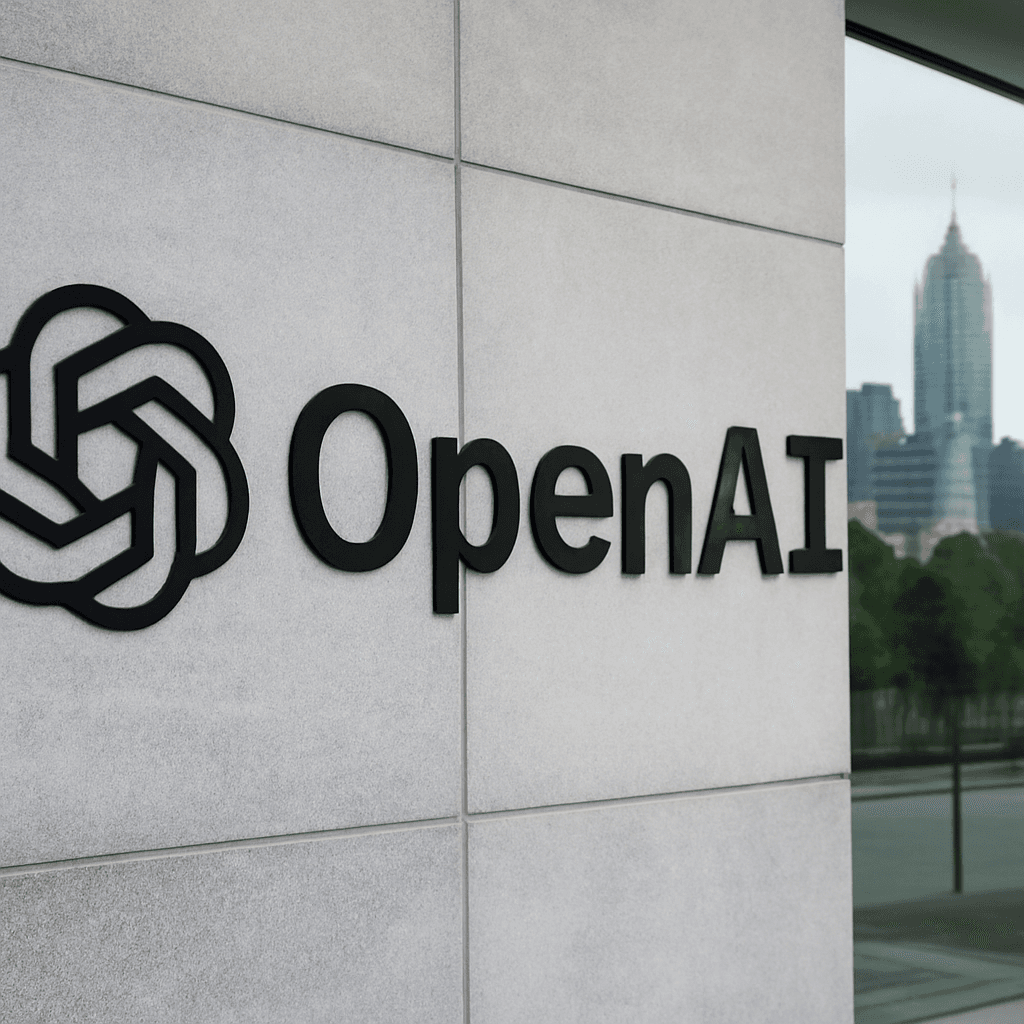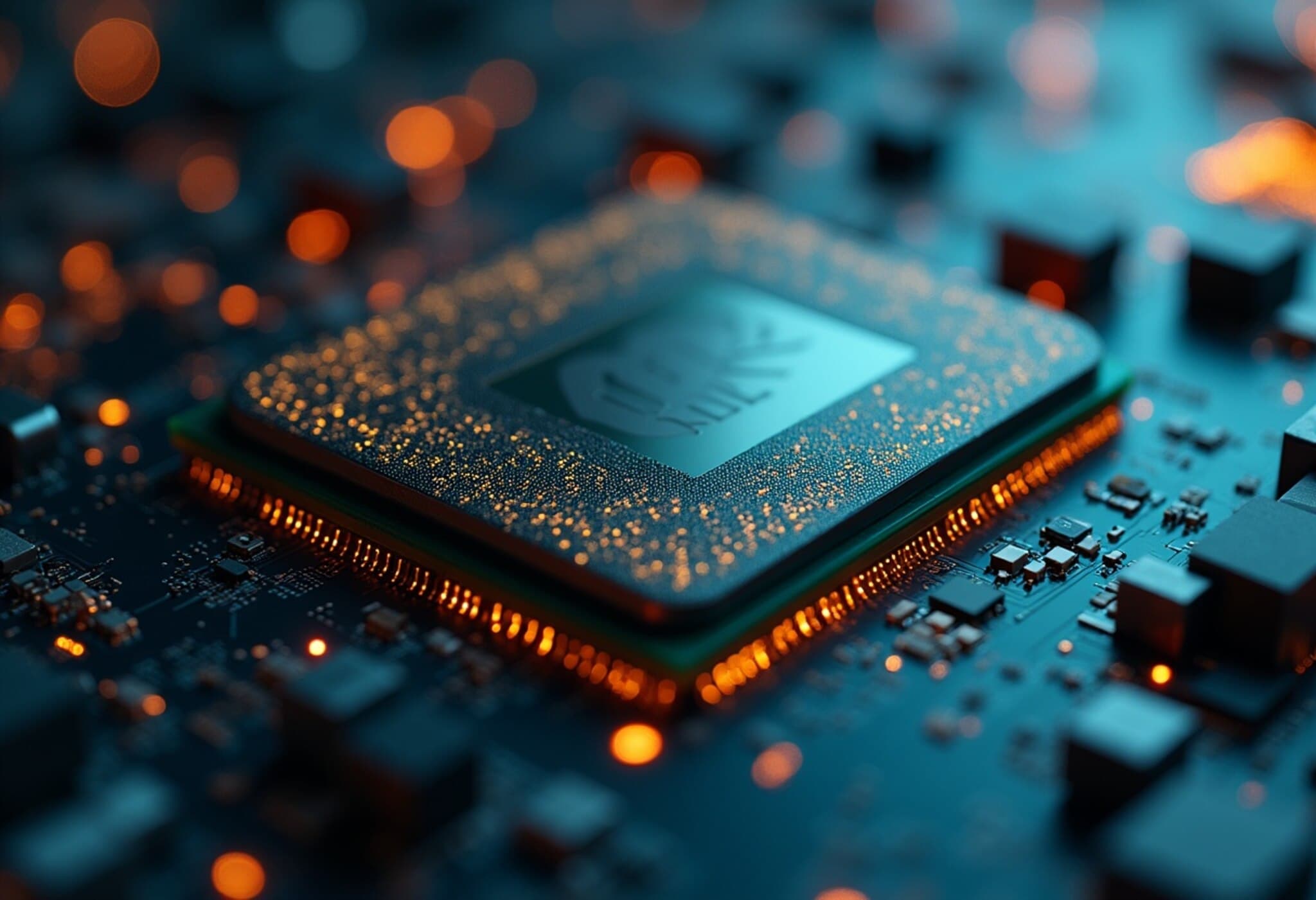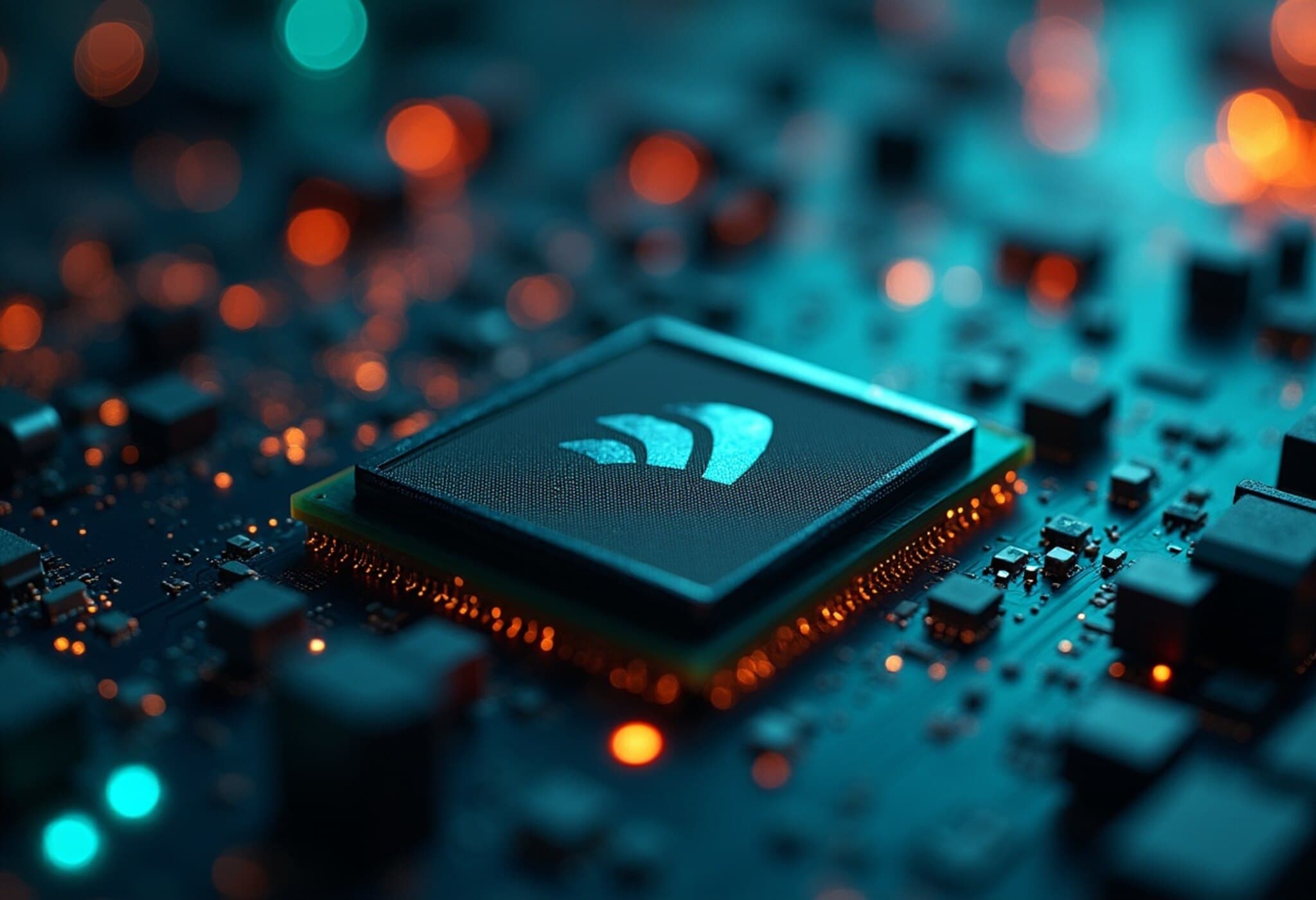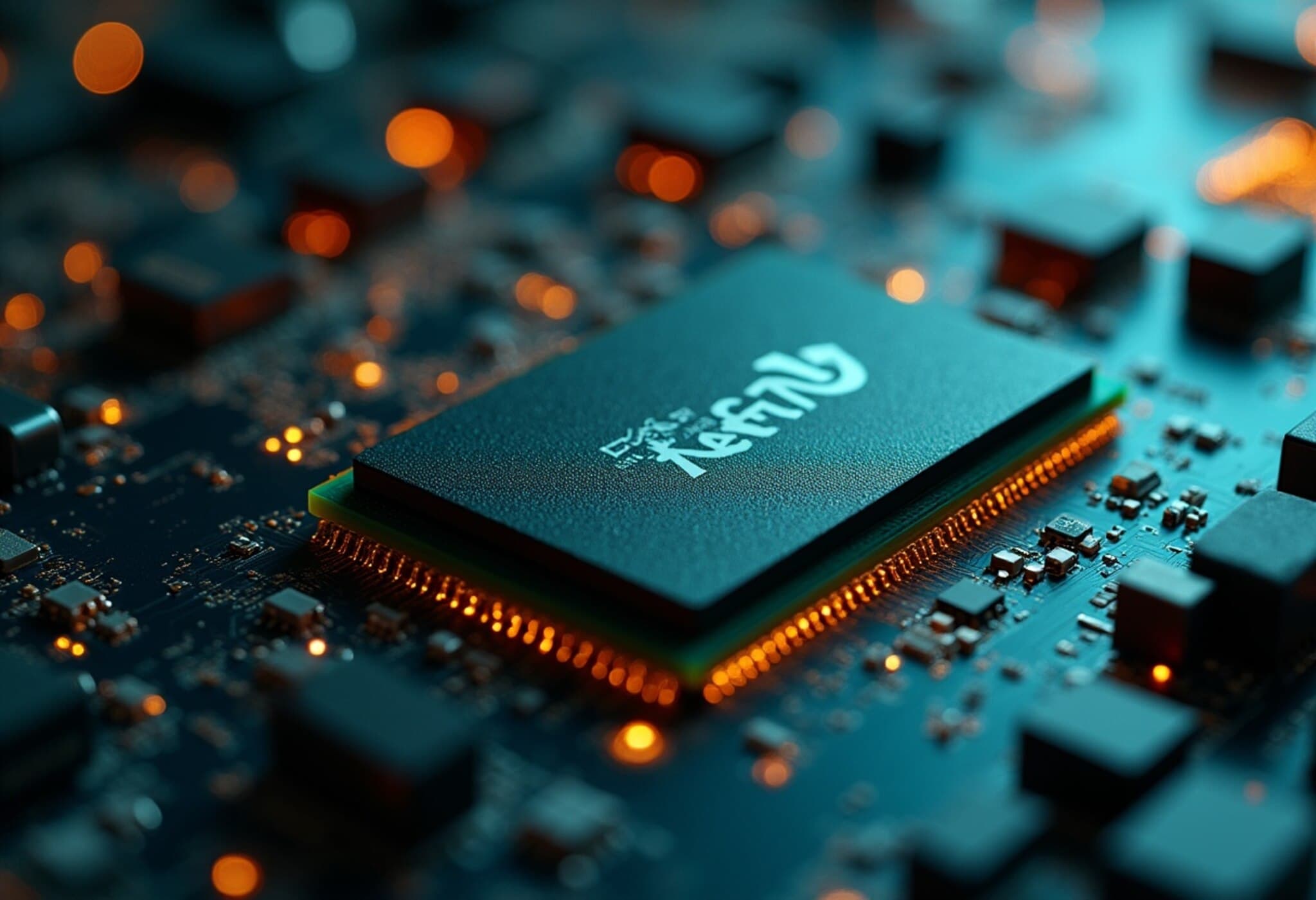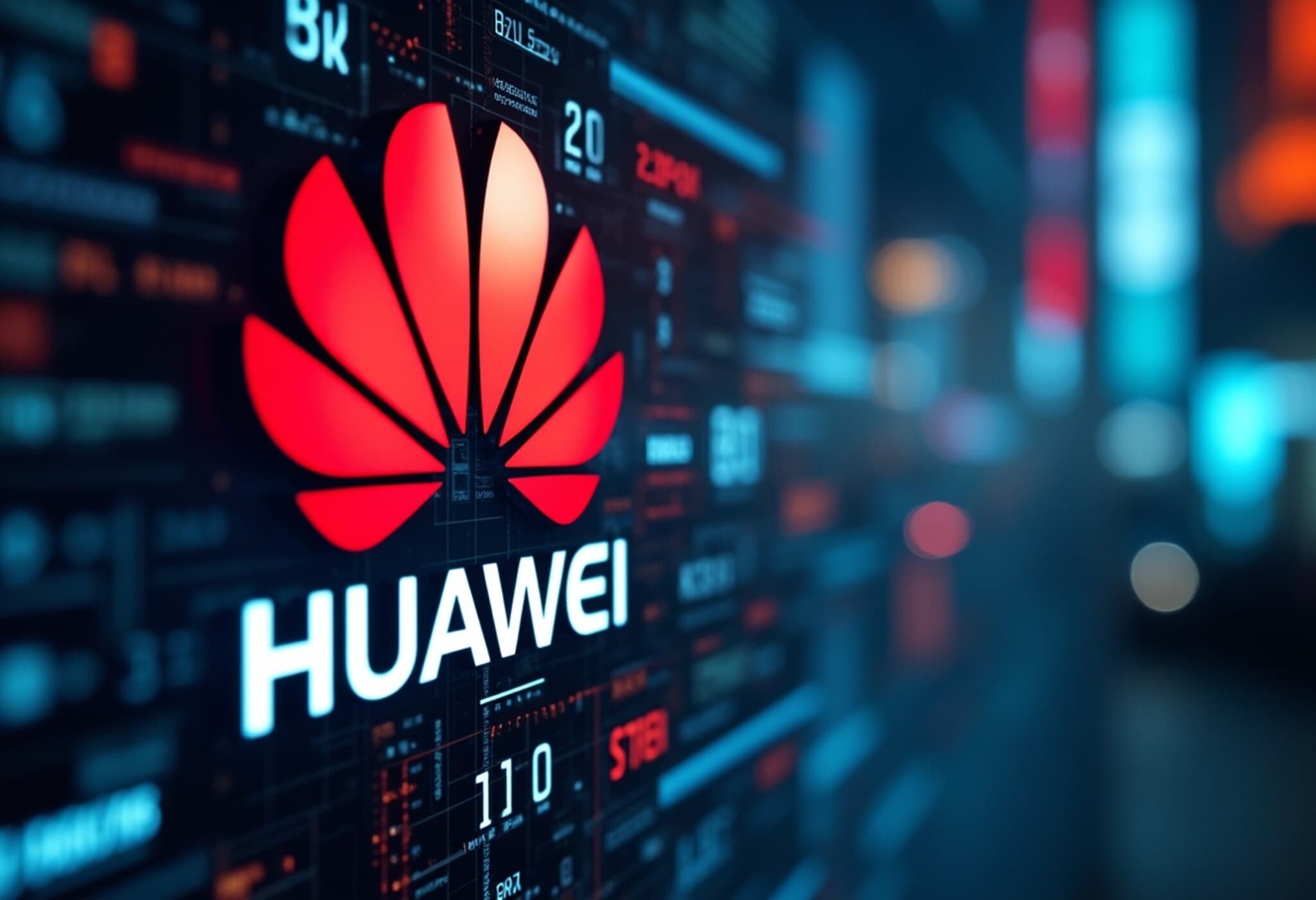Nvidia's Strategic Comeback in China: What It Means for the Global AI Chip Race
In the ever-intensifying battle over semiconductor supremacy, Nvidia’s recent return to the Chinese market has emerged as a pivotal development with far-reaching geopolitical and technological implications. Last week, the U.S.-based AI chip giant resumed sales of its H20 GPU in China following apparent approval from Washington—a move that has reignited debates about the balance of power in AI technology and the trajectory of China’s domestic chip ambitions.
A High-Stakes Tech Tug-of-War
At the heart of this story lies a complex, symbiotic relationship between the U.S. and China. Nvidia’s cutting-edge graphics processing units (GPUs) are the backbone of AI research worldwide, underpinning everything from large language models to autonomous systems. Experts agree that, despite Beijing’s ambitious push to cultivate a self-reliant tech ecosystem, China remains reliant on U.S. semiconductor technology for the near future.
Daniel Newman, CEO of Futurum, encapsulated this dynamic in a recent conversation with CNBC’s The China Connection: “The relationship is symbiotic, but China needs U.S. technology more at this moment in time.”
Past Restrictions and Their Consequences
This development follows earlier U.S. government actions that restricted Nvidia's exports of the H20 chip—a modestly downgraded version designed to meet export controls—to China over concerns they could enhance Chinese military capabilities and AI advancements. Nvidia recorded a $4.5 billion writedown on unsold inventory tied to these constraints, highlighting the tangible business impact.
Nvidia CEO Jensen Huang has publicly criticized these restrictions, warning of unintended consequences: stifling U.S. market presence in China could actually bolster the Chinese semiconductor industry, reducing America’s technological edge in the long run. “If Nvidia can’t serve China, companies like Huawei will fill the gap,” Huang noted, underscoring the balancing act Washington must perform.
Why Washington Reconsidered
The recent reversal allowing Nvidia’s H20 chips back into China suggests the U.S. recognizes the strategic value in maintaining influence through technological exports rather than cutting off access entirely. Commerce Secretary Howard Lutnick emphasized the importance of China remaining plugged into the American tech stack, explaining, “We want to keep having the Chinese use American technology because they still rely upon it.”
This reentry not only benefits Nvidia financially—China is its largest market and home to half of the world’s AI developers—but also gives U.S. businesses much-needed capital to reinvest in next-generation research and development. Pranay Kotasthane, deputy director at the Takshashila Institution, highlighted this dual benefit: “It buys the U.S. companies some respite, while buying China time on their domestic chip journey.”
China's Domestic Chip Quest: Slowed But Unstoppable
China’s efforts to build indigenous AI chips have been led by Huawei and a slew of startups eager to carve out a domestic alternative to Nvidia’s dominance. However, analysts warn that access to Nvidia’s hardware may dull some of the urgency and disrupt investment in these homegrown projects.
- Tejas Dessai, Director of Research at Global X ETFs, pointed out: “Availability of Nvidia’s chips in China could undermine momentum behind domestic developments and delay progress.”
- Paul Triolo of DGA-Albright Stonebridge Group added that Nvidia’s software ecosystem—particularly its CUDA development platform—remains superior and crucial, keeping Chinese developers tied to Nvidia’s infrastructure.
Still, the long-term path toward a domestic AI stack in China seems inevitable. Experts suggest the transition will accelerate as Chinese developers focus on inferencing—the deployment stage of AI models requiring different chip types that may offer an opening for Chinese innovation. Custom processors designed for efficiency and cost-effectiveness could become China’s opportunity to challenge Nvidia’s supremacy.
Looking Ahead: A Complex Chessboard
The interplay between commercial interests, national security concerns, and technological leadership underscores the delicate balancing act facing policymakers in Washington and Beijing alike. Nvidia’s return to China may temporarily assuage commercial pressures and maintain U.S. influence over AI’s global rails, but it also buys Beijing precious time to advance domestic chip capabilities.
As the semiconductor race heats up, the bigger question remains: how will export controls evolve to safeguard U.S. innovation while not inadvertently accelerating China’s chip ambitions? And how will the AI software ecosystem shift in response to these hardware dynamics?
Editor’s Note
While Nvidia’s market comeback in China may appear as a commercial win, it signifies a nuanced strategic pause in the escalating semiconductor showdown between two global superpowers. Readers should watch closely how these evolving technology policies influence the future of AI development worldwide, and what this means for U.S. innovation leadership amid shifting geopolitics.

